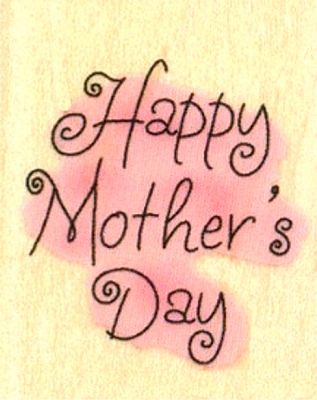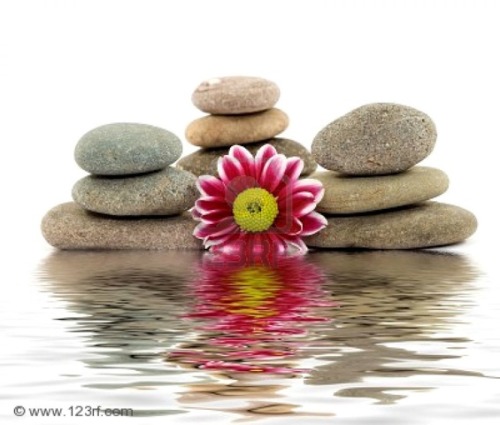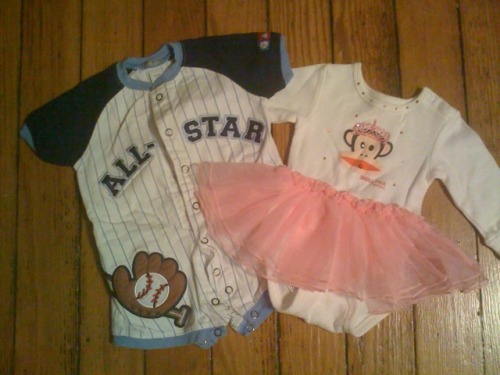Seems like quite a few other folks have been reimagining the possibilities of Mother’s Day as well!
- In “Mother’s Day is more than a greeting-card holiday,” Karen D’Souza also returned to the origins of Mother’s Day and wrote about how Julia Ward Howe imagined a day of peace.
- Nicholas Kristof urged readers to celebrate by “saving” a mother and in a separate essay, pointed out that investing in family planning worldwide would result in 94,000 fewer women dying in pregnancy each year. (Full disclosure: I’m not a fan of the rhetoric of “saving”—it’s something we spend a lot of time critiquing in my Transnational Feminism class—but I deeply appreciate how Kristof continues to remind everyone that women’s “issues” are indeed newsworthy.)
- Also in The New York Times, Stephanie Coontz observed that “it’s too bad that nostalgia for a golden age of motherhood that never existed still clouds our thinking about what’s best for mothers, fathers and their children.” At Ms., Laura Paskus urged readers to honor all mamas—including “immigrants, single, young, queer and low-income” mothers—on Mother’s Day. And over at Strollerderby, Rebecca Odes drew attention to all the nannies who help mother children, and who should be a part of Mother’s Day as well!
In the spirit of infusing new meanings into Mother’s Day—and in keeping with the Mother’s Day Challenge I issued to myself and interested readers—I did two things. Right after eating brunch, and sending flowers to my mom (about whom I’ll write more later), and right before going on a family hike, I gave to two organizations:
Mothers’ Day Movement. Founded by six women who were “shocked to learn that $14 billion was spent in the US in 2010 on Mother’s Day celebrations including flowers, cards and meals,” they selected Shining Hope for Communities, a Wesleyan student-founded organization working in Kibera, Kenya, as the target of their 2011 fundraising efforts. (The co-founder and president of SHOFCO, Kennedy Odede, grew up in Kibera.) I am totally impressed that college students founded SHOFCO, and I remembered well the insightful opinion essay, “Slumdog Tourism,” written by Odede in The New York Times last August.
Save the Children: Every Mother Counts campaign. They have a midwifery training program in Afghanistan, which ranked as the worst place to be a mother in their Mothers’ Index. I like the emphasis on training.
I didn’t quite make it to writing any letters to my political representatives as I had planned… but I figure that Father’s Day is around the corner, and I’m planning on pitching a surprise to my husband after I serve up his brunch: co-authorship?

 Just in time for Mother’s Day, Save the Children has published its twelfth annual
Just in time for Mother’s Day, Save the Children has published its twelfth annual 


 Ask me five years ago and I’d have told you I’d be first in line to challenge gender stereotypes if ever I had kids myself. I minored in feminist cultural studies! I believe boys and girls are made, not just born! But sixteen months into parenting my boy/girl twins, I’m starting to wonder how I’ll ever ensure that my boy grows up sensitive and my girl stays, as
Ask me five years ago and I’d have told you I’d be first in line to challenge gender stereotypes if ever I had kids myself. I minored in feminist cultural studies! I believe boys and girls are made, not just born! But sixteen months into parenting my boy/girl twins, I’m starting to wonder how I’ll ever ensure that my boy grows up sensitive and my girl stays, as  This past week you might have noticed something different around here.
This past week you might have noticed something different around here. This is the fifth and final in a series this week from Girlw/Pen writers on Stephanie Coontz‘s new book,
This is the fifth and final in a series this week from Girlw/Pen writers on Stephanie Coontz‘s new book, 